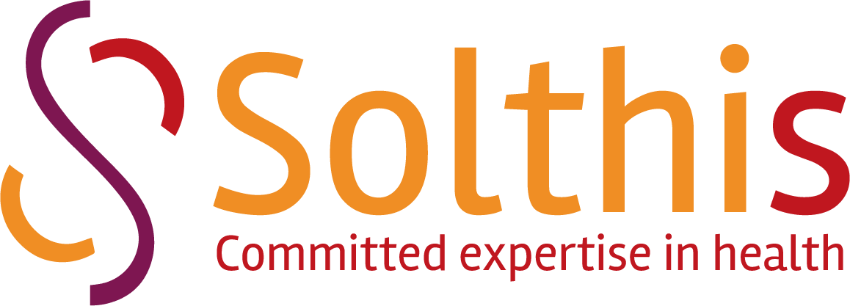March 2025
Gambia
Despite the expansion of treatment access, reductions in HIV-related mortality have plateaued. Children under the age of 5 infected with HIV are particularly vulnerable. Once diagnosed, their care must be adapted to their specific needs. Keeping people living with HIV (PLHIV) in care is also a cornerstone of the fight against advanced HIV. To combat advanced HIV, the WHO recommends a package of care that includes the screening, the treatment and/or prophylaxis of major opportunistic infections, the rapid initiation of antiretroviral therapy (ART), and the reinforcement of adherence support interventions for individuals with advanced disease.
In the Gambia, the 95-95-95 cascade shows that 58% of PLHIV knew their status, 68% who knew their HIV status were on ART, and 38% of those on ART had a suppressed viral load (Spectrum 2024). Generally, more than half of deaths are attributed to the consequences of advanced HIV disease (AHD), while an inadequate tracking of women and infants and a lack of proper data transfer remain a challenge. On the one hand, GC7 advise to use the antenatal clinic as an entry point for screening pregnant women. On the other hand, it intends to include an advanced HIV disease (AHD) care package into the existing comprehensive HIV services to reduce HIV-related morbidity and mortality and develop and implement protocols for Advance HIV Disease Care Package. Therefore, facing up the specificities of the HIV/AIDS epidemy, the Gambia intends to review and develop a consolidated HIV Treatment and Care Guideline that would incorporate paediatric care and advanced HIV disease care.
General objective
Support the review and update of HIV treatment guidelines that integrate paediatric and advanced HIV disease care, support the training of trainers and oversee the implementation of the new guidelines in Gambia.
Main deliverables
- Programmatic and financial gap analysis for paediatric HIV and AHD
- Updated and consolidated HIV Care Guidelines
- Updated Standard Operation Procedures
- Training materials and job aids
- Recommendations for the guidelines implementation supervision integrated in the national supervision system
- Information documents for patients centred care (and/or their relatives)
- Operational implementation plan
- Resources mobilization plan for AHD
- Validation workshop report, supervision mission report and final report
Results
-
The HIV treatment guidelines are updated to integrate paediatric and advance HIV disease care.
-
Complementary tools are developed to facilitate the implementation of the guidelines (SOPs, information documents, operational implementation plan, resources mobilization plan for AHD disease).
-
Clear implementation activities with associated timelines and budgets are identified.
-
A pool of trainers is trained and supervised on the implementation of the updated guidelines for paediatric and advanced AHD care.





